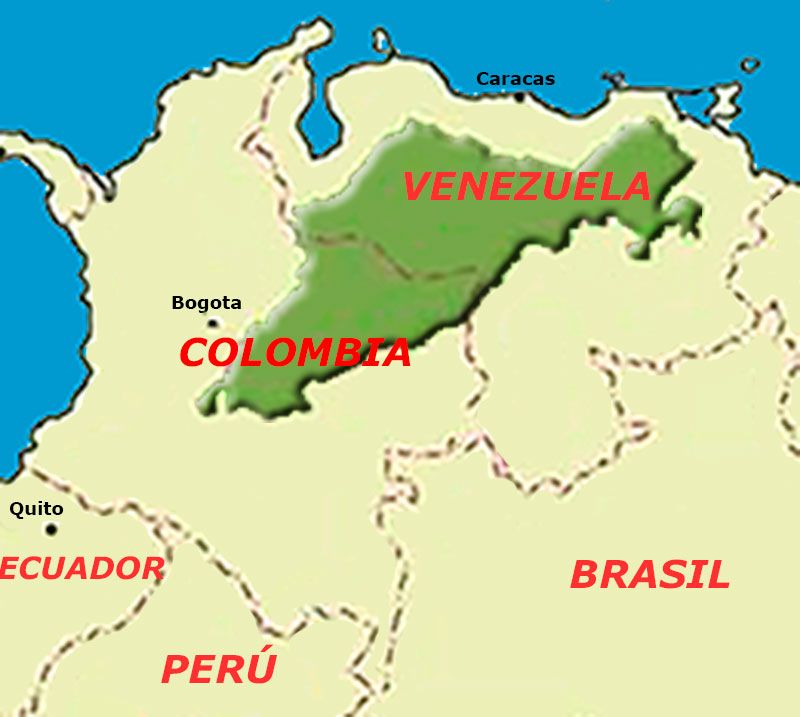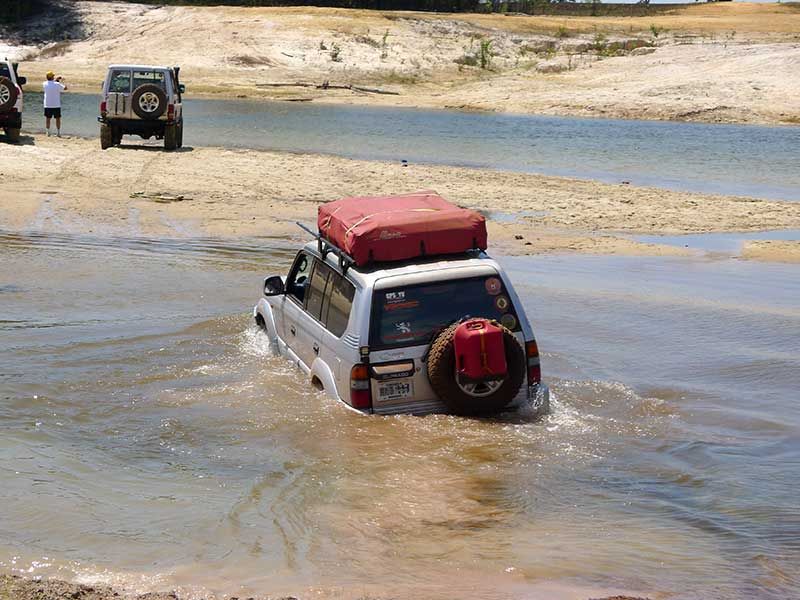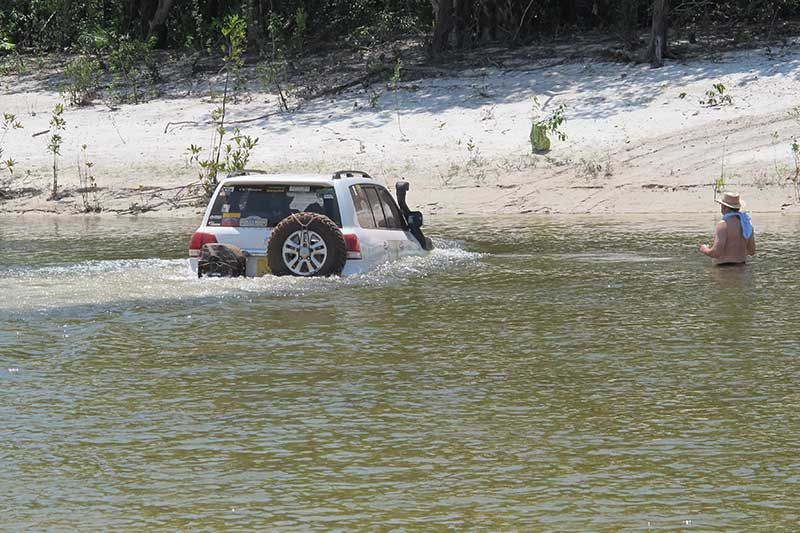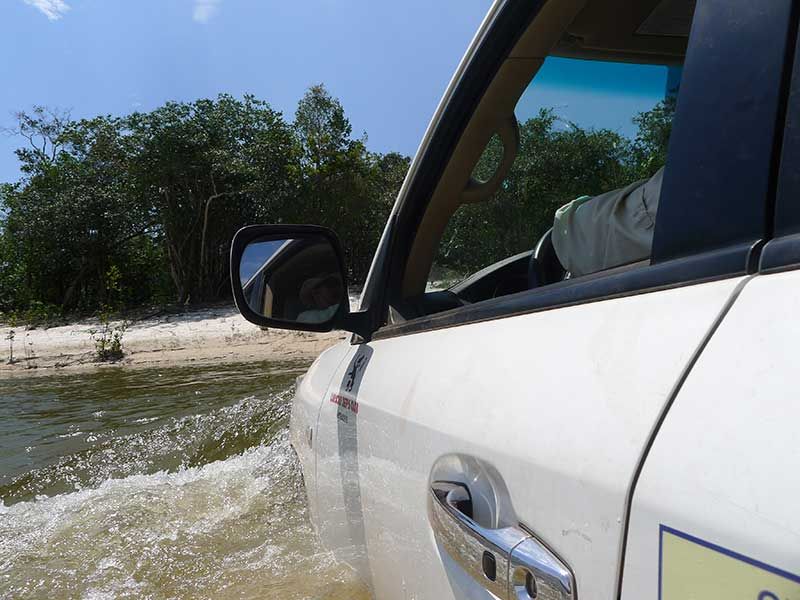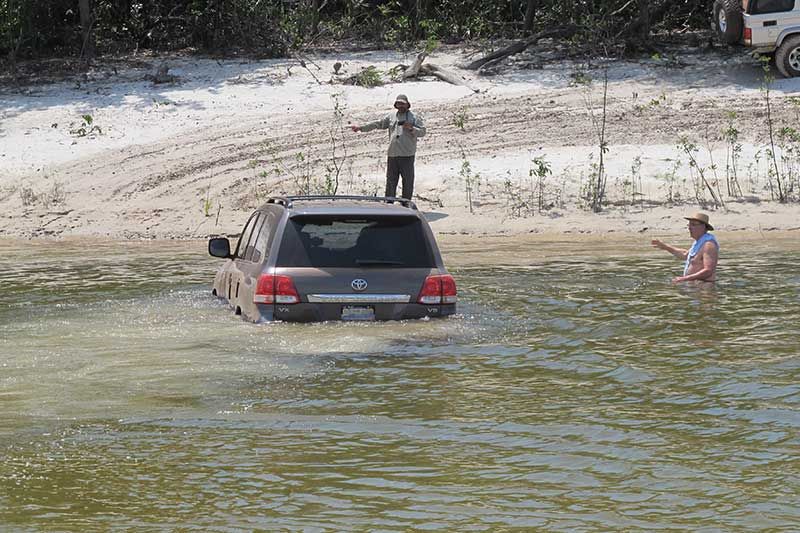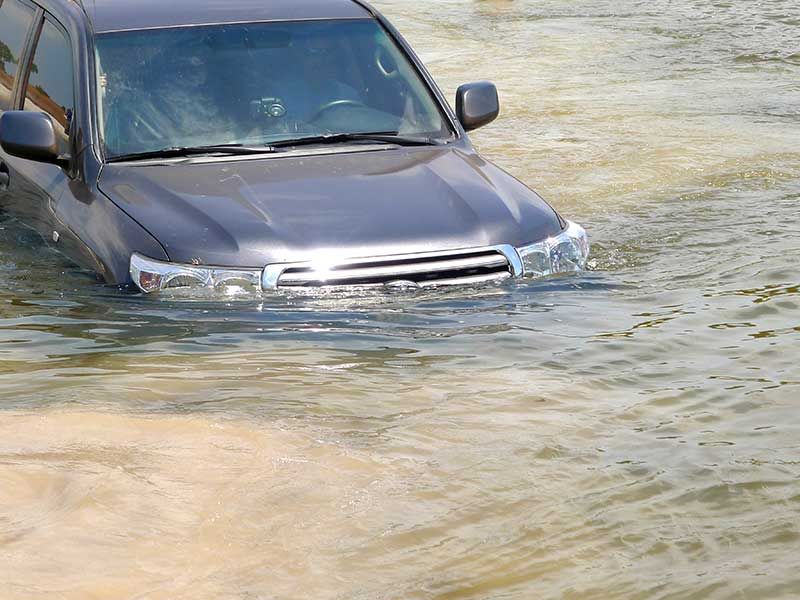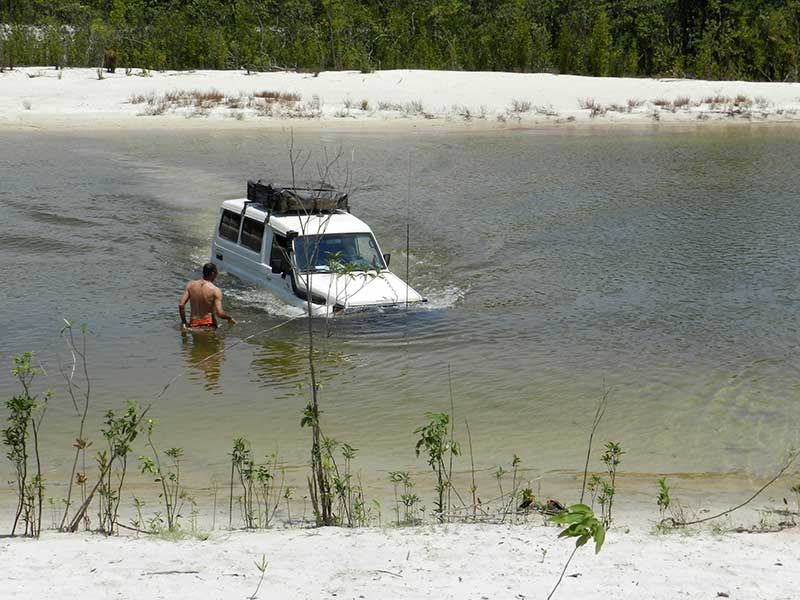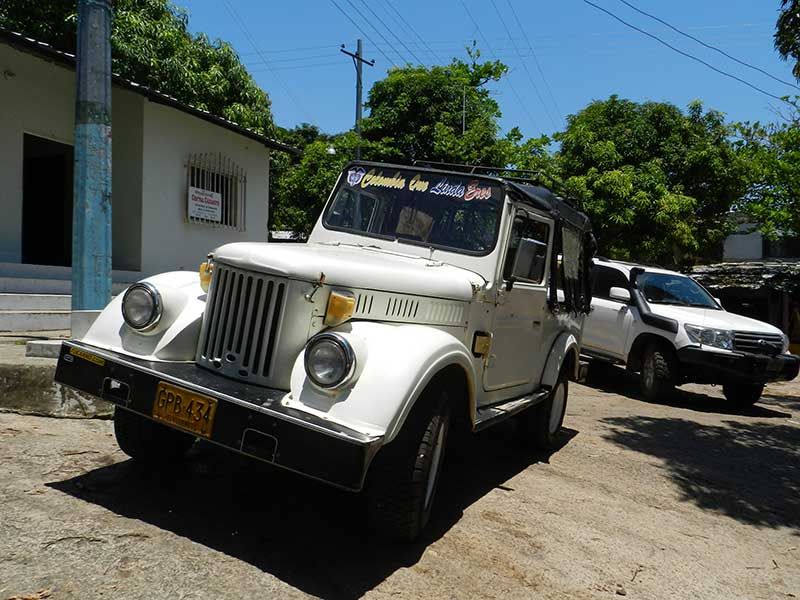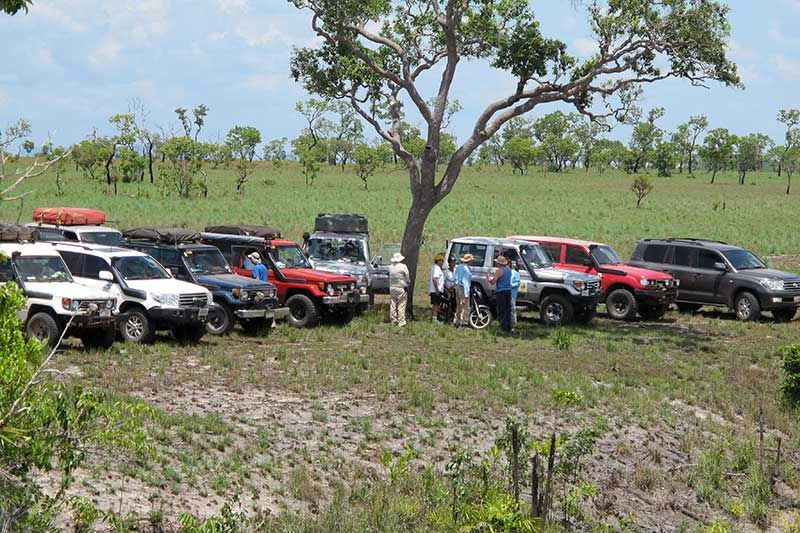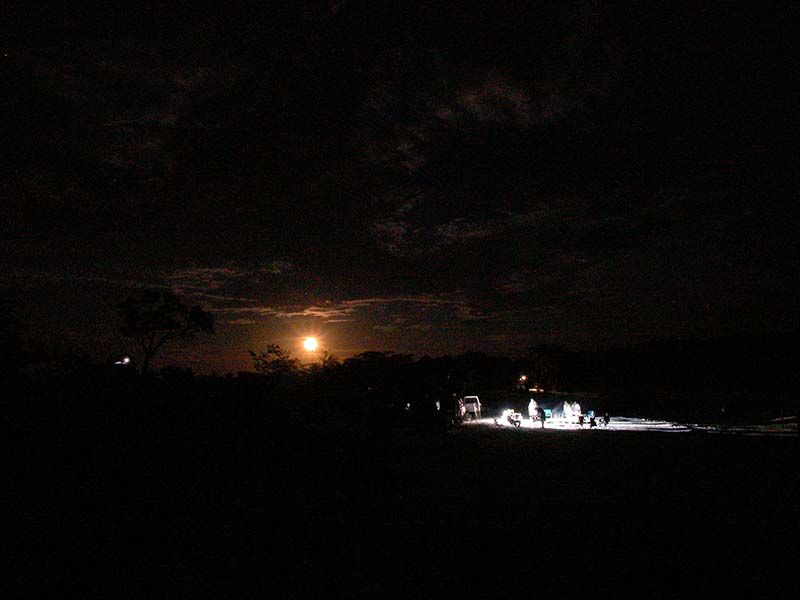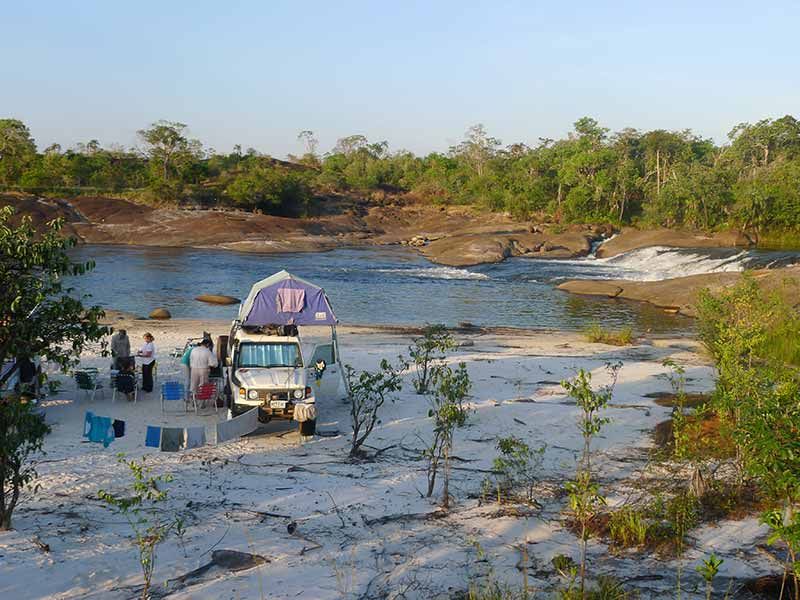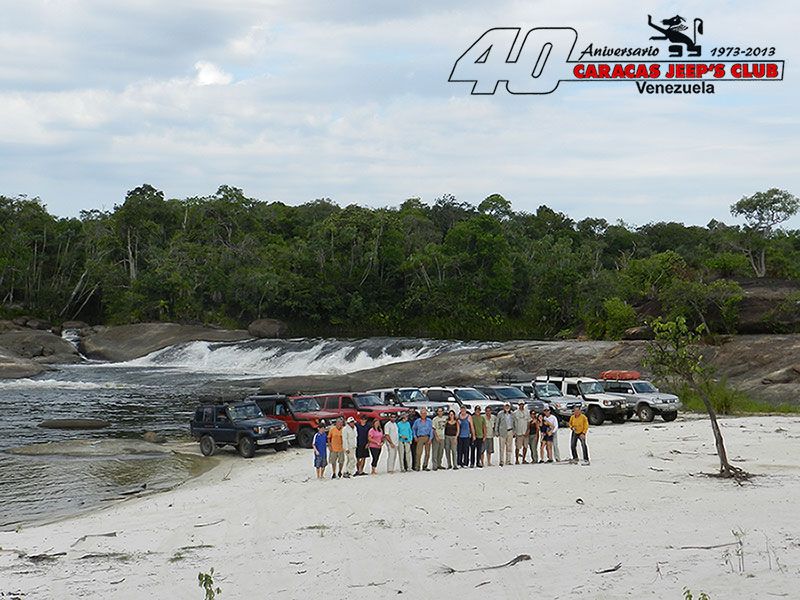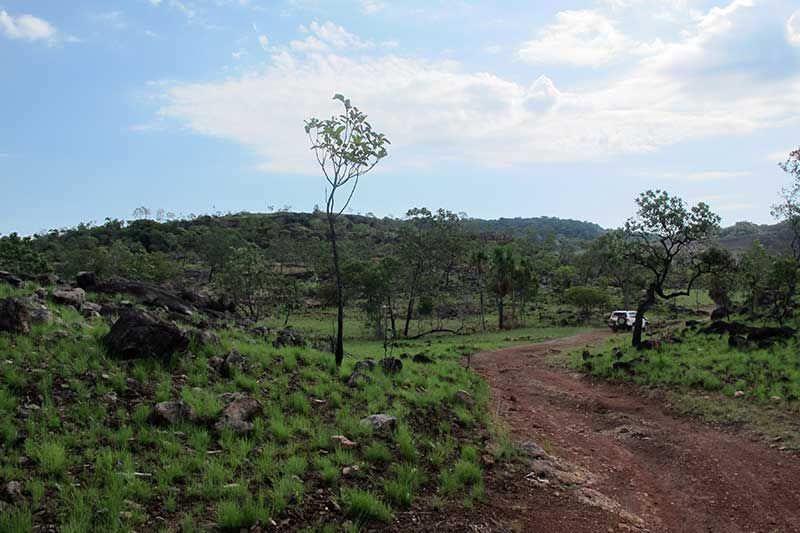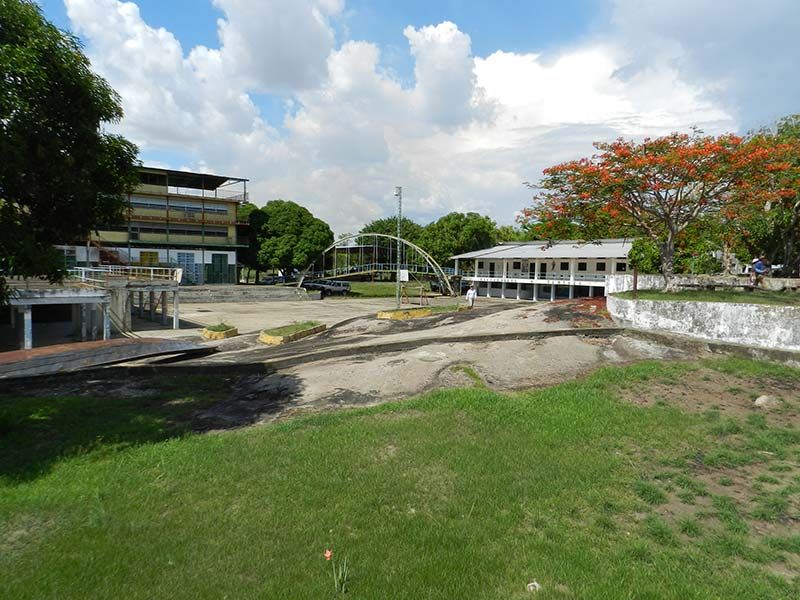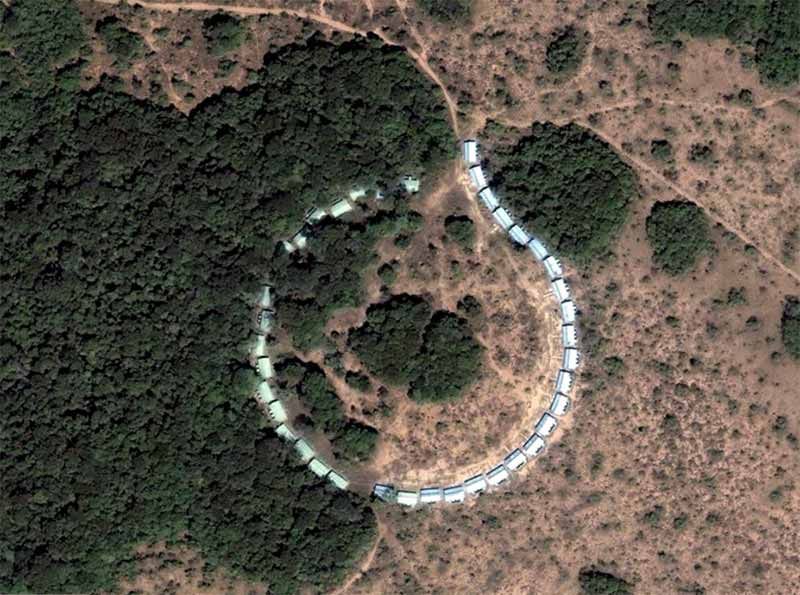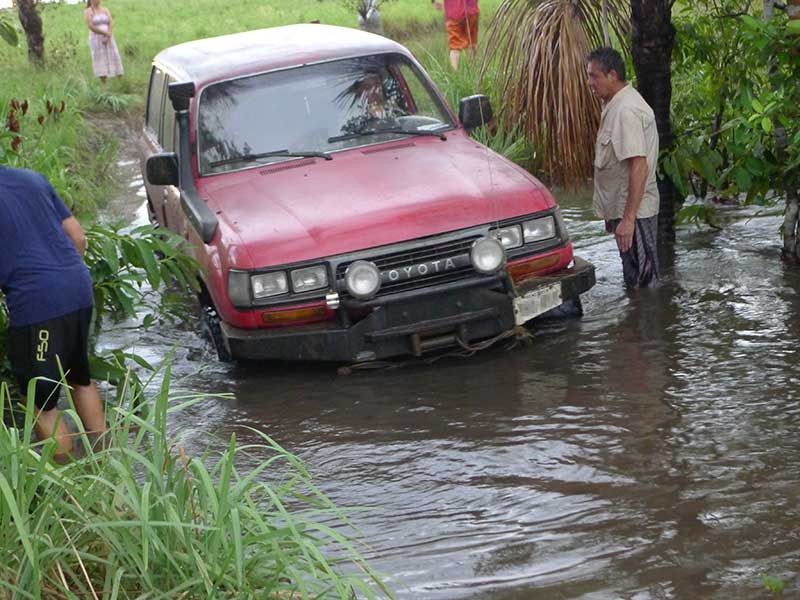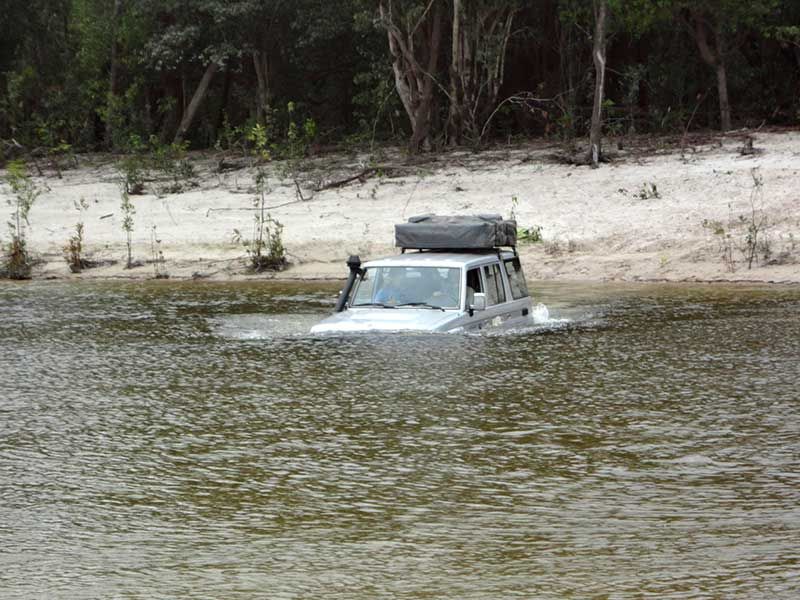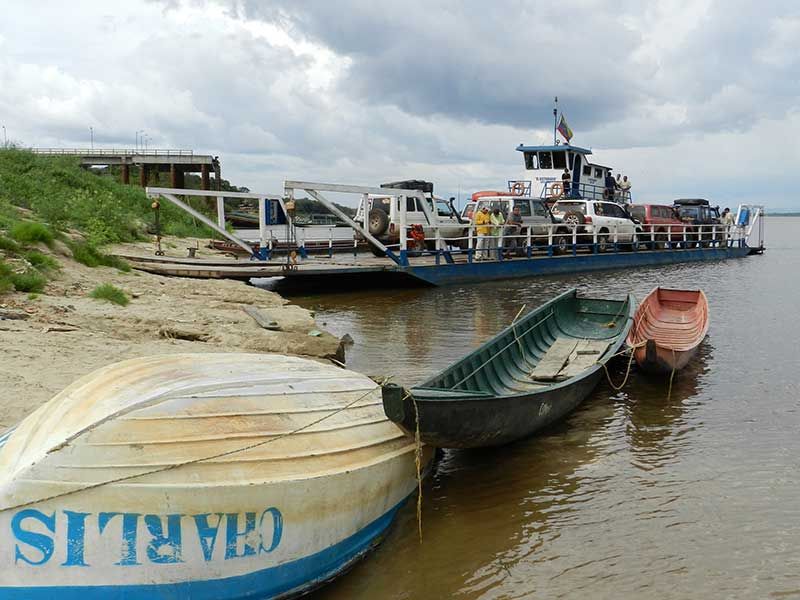Tucan viajero
Adventurer
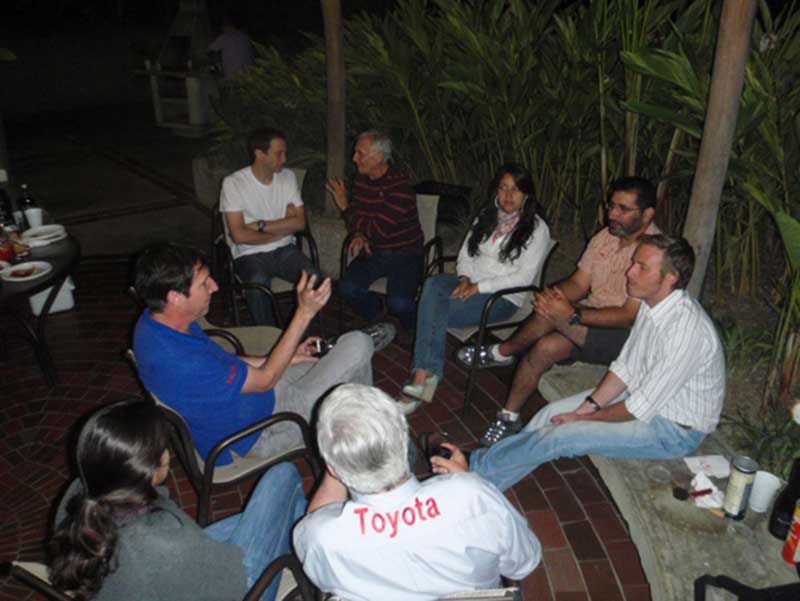
As it often happens, we decided where to go next in a discussion properly accompanied with food and drinks. No one said that trip planning couldn’t be as fun as the trip itself. In the end, we decided our Easter destination would be Colombia, where we would try to visit the Parque Nacional Natural El Tuparro in el Departamento de Vichada.

Along the way, we get interesting Land Cruiser examples to see. Usually, when we leave the larger cities, we find that these vehicles aren’t used for fun, but as tools for hard work.
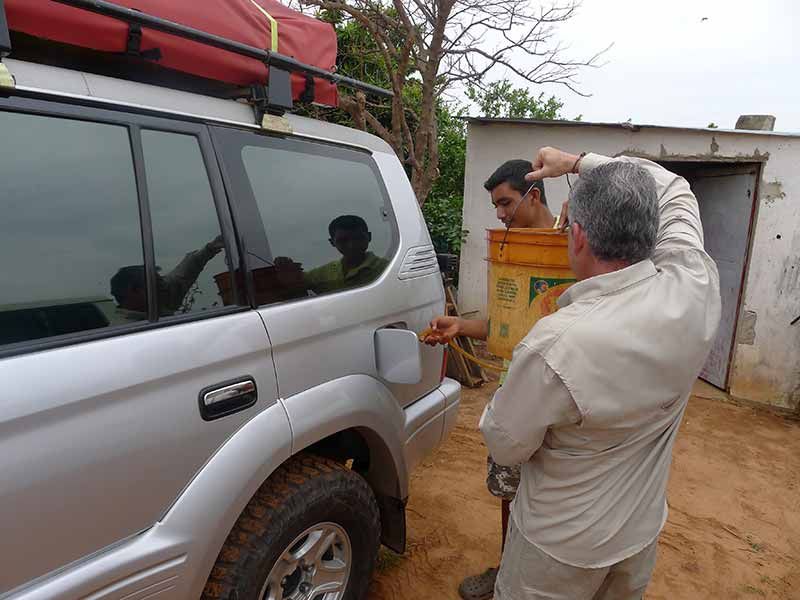
Despite having the cheapest gasoline in the world, or maybe because of it, fuel is very hard to get as you approach our borders, where price also increases. Here we are refueling our vehicles as a cautionary measure. This proved to be a wise decision, as gasoline in Puerto Paéz was too scarce to meet the demand of a 10 vehicle group.
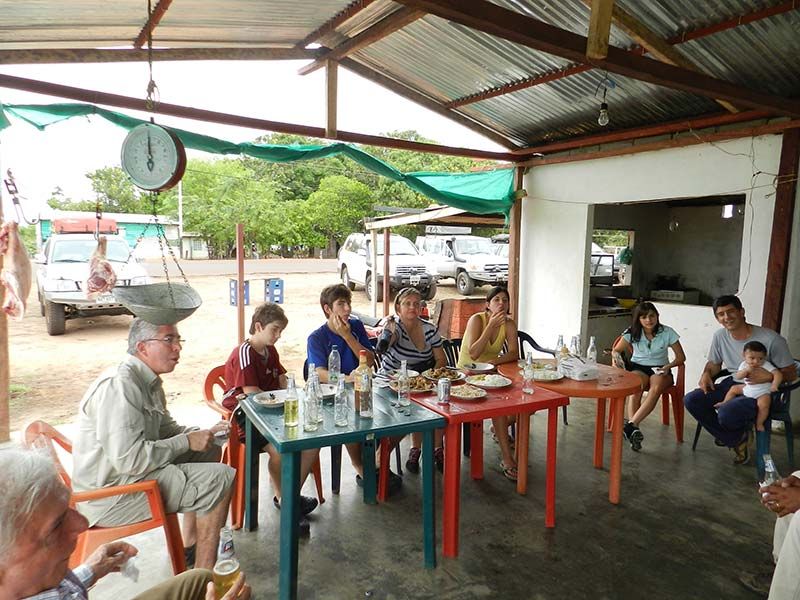
Every one left Caracas early in the morning and agreed to meet in Puerto Páez, the small town where we would try to cross the mighty Orinoco River to Puerto Carreño in neighboring Colombia.
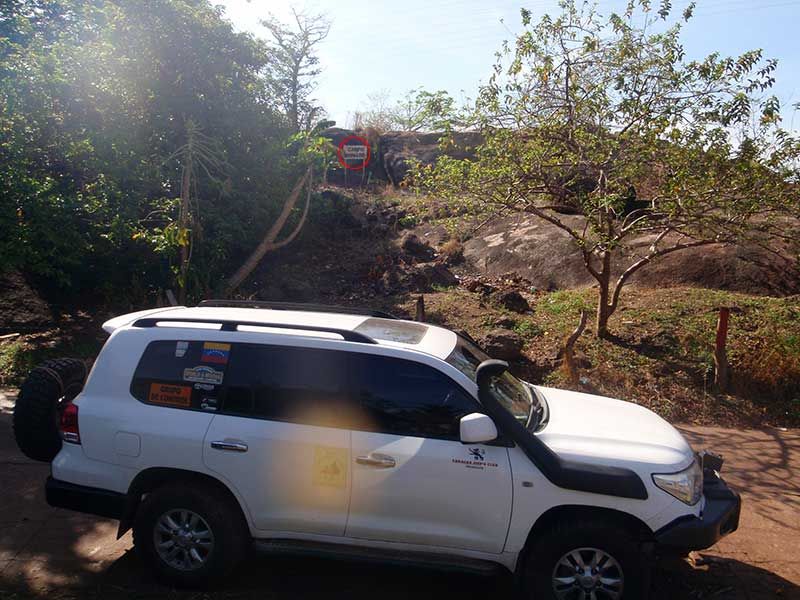
Still on the Venezuelan side of the border, we were surprised to find this Mine Field sign. Whether mines can be found there or not, we didn’t bother to find out.

We had to move about 80 Kms north, just to be able to camp in a clean place next to a nice river.
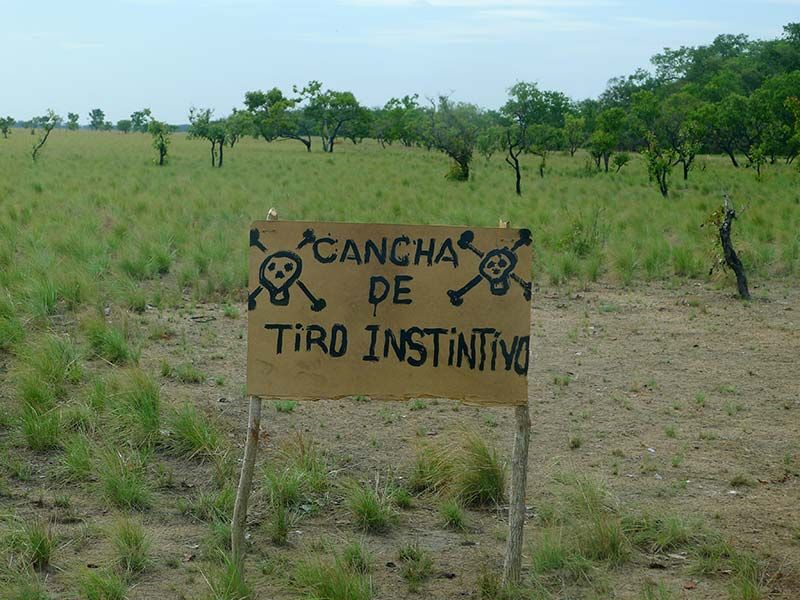

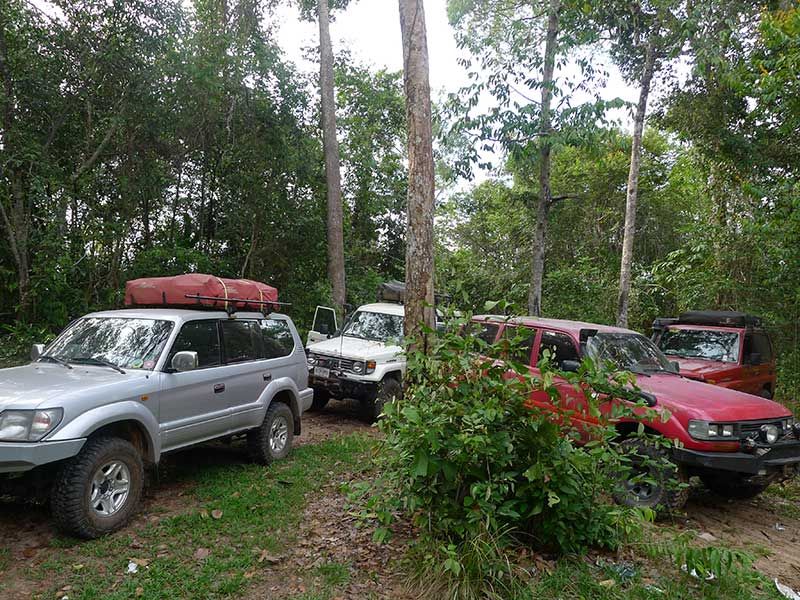
We had many difficulties to obtain the paper work needed to get our cars across the border. This meant that we had to spend a couple nights in the Puerto Páez area. Here some members of our group were looking for a place to camp in a location closer to the border, while others had to drive 90 Km. (56 mi) and take a barge a cross the Orinoco River to the city of Puerto Ayacucho, in order to handle the customs paper work there.

Last minute shopping in Puerto Páez.
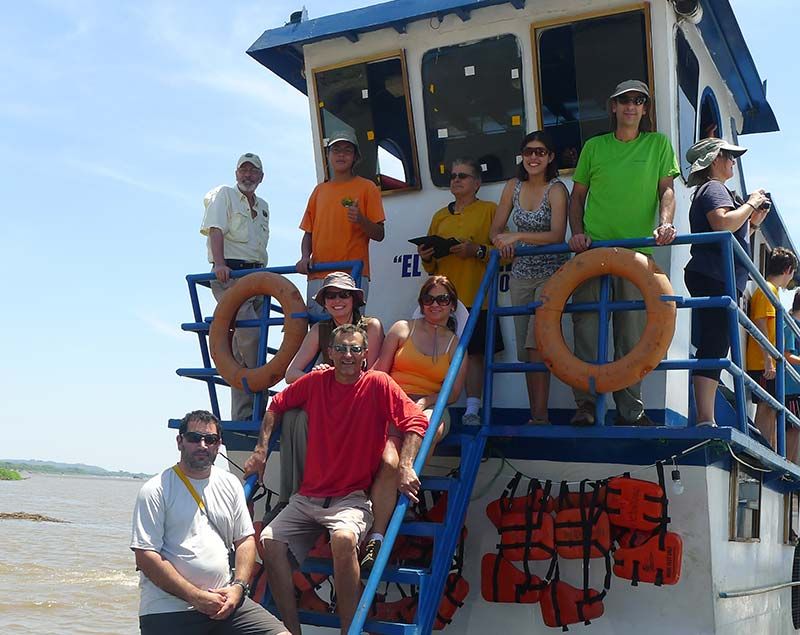
Finally, after two days of wrestling with bureaucracy we managed to get across the river to Colombia. As there is no regular service for vehicles at this point, we had to find and hire a barge. Fortunately we could find one large enough for our 9 Land Cruisers. We paid Bs. 23.000 for the round trip. As we earn our salaries in Bolívares, we can honestly state that we paid $ 3650 for the barge. If you are an overlander with any other currency in your pockets, you’d get across with just $657, if you exchange your money at black market rates.


